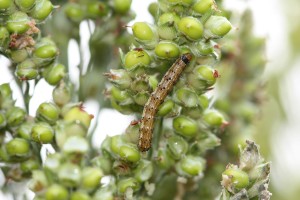As reported by NASS on August 3, 2015
DESPITE HOT AND DRY WEATHER, CROPS LOOK PROMISING
Despite the heat, crops were reported to be in mostly good to excellent condition. Showers have been widely scattered throughout the State and crops look either good or stressed depending on where you are in the county. The weather, however, has been ideal for cutting hay. Conversely, in East Tennessee, vegetable crops are struggling and disease pressure is high because of wet conditions. Sugarcane aphids are showing up in grain sorghum, increasing the need for scouting and spraying. Continue reading Crop Progress 8 2 15.




